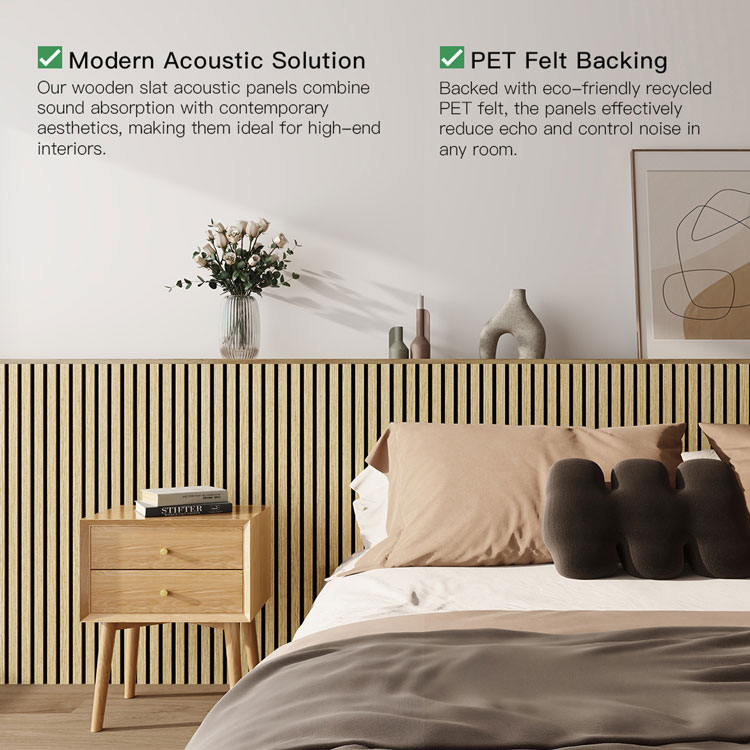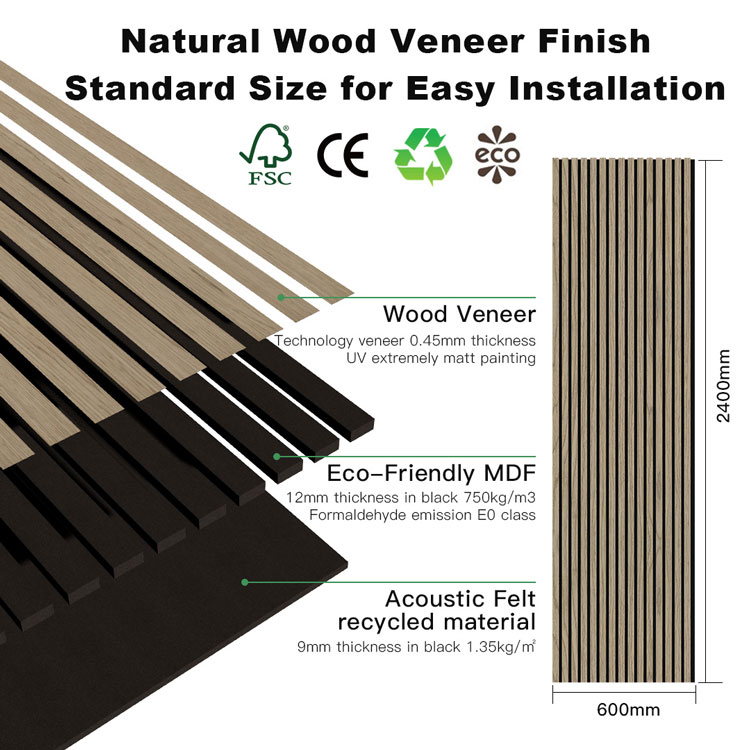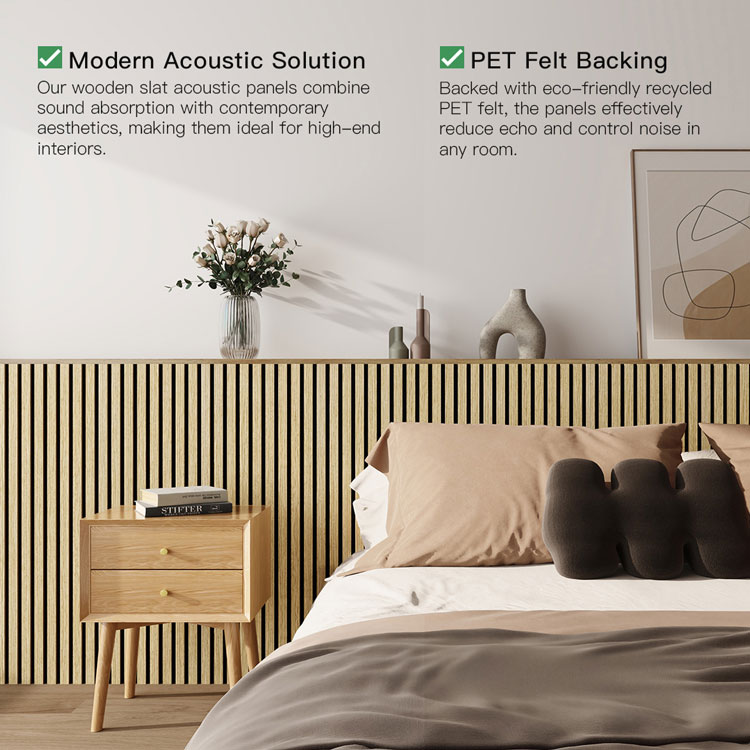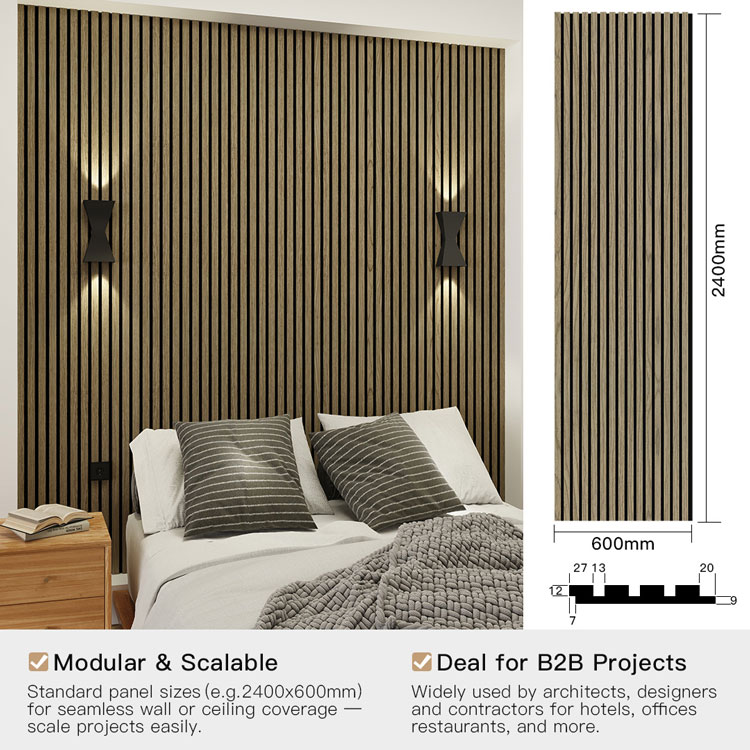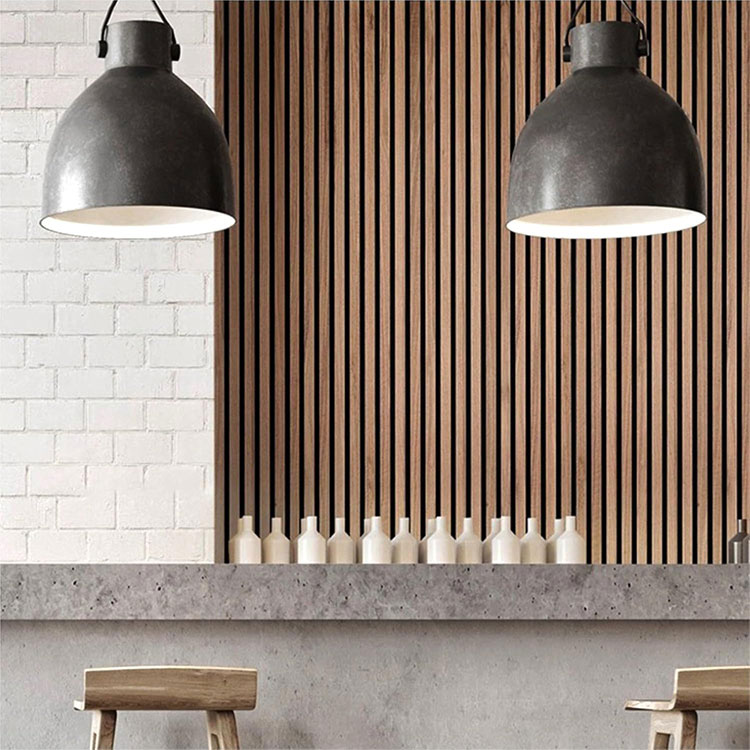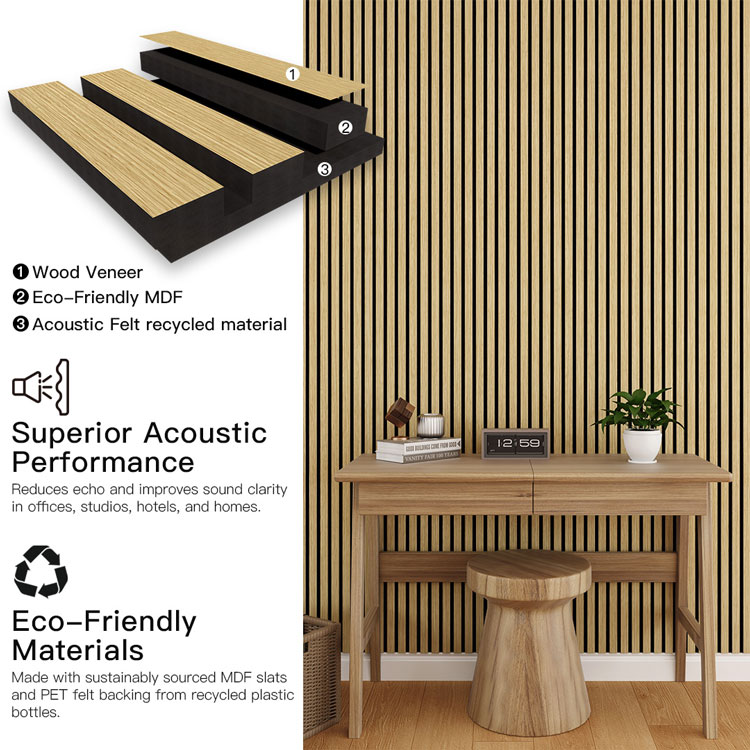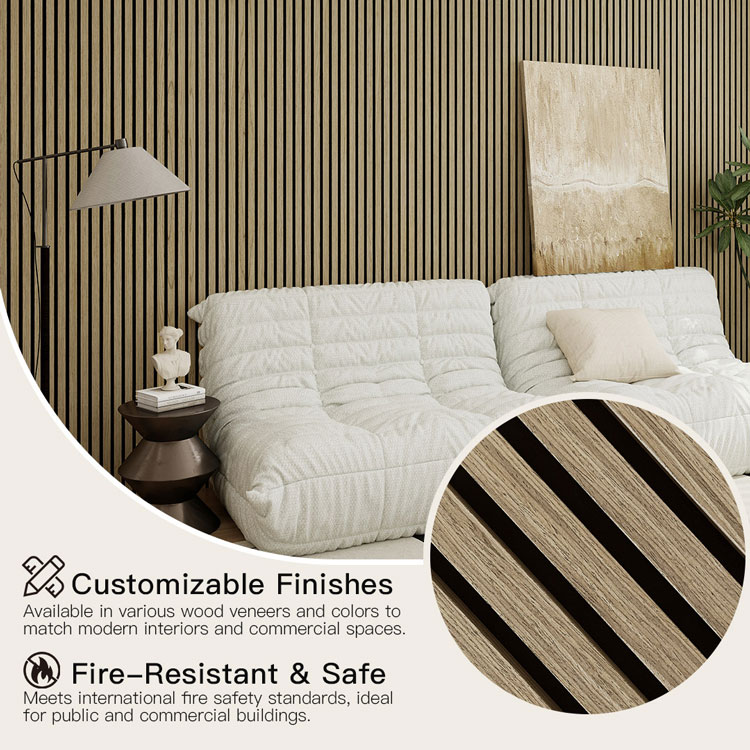When selecting flooring for your home or commercial project, longevity is a top concern. A common question we hear is: "How long does SPC flooring really last?" The answer isn't a single number, but understanding its components reveals why it's a champion of durability.

The lifespan of your SPC floor is determined by a combination of factors. While a well-made and properly installed SPC floor can easily last 15 to 25 years, and even longer in residential settings, its actual life depends on the quality of its construction, the installation process, and the maintenance it receives.
1. The Core of Strength: The SPC Layer
Unlike other types of Flexible Vinyl Flooring, SPC (Stone Plastic Composite) flooring features a rigid core made from a composite of limestone and stabilizers. This core is what gives the product its incredible dimensional stability, resisting indentation from heavy furniture and appliances. This rigidity is the first defense against wear and tear, ensuring the floor doesn't warp or buckle over time.
2. The Armor on Top: The Wear Layer
The true hero of longevity is the transparent wear layer. this top coat is your floor's shield against scratches, stains, and scuffs. For residential use, 0.3mm wear layer is excellent, while a commercial project like an SPC floor for hotel lobbies would require a much thicker layer, from 0.5mm, to handle constant foot traffic.
3. Quality Begins with the Manufacturer
Not all SPC floors are created equal. The reputation and quality control of the best brand of vinyl flooring you choose are paramount. Top-tier manufacturers use superior raw materials and precise production techniques, resulting in a more consistent and Durable SPC Vinyl Flooring product. Investing in a reputable brand from the start is the most crucial step toward a long-lasting floor.

4. The Installation: A Foundation for Long Life
Even the best floor can fail if installed incorrectly. Proper sub-floor preparation (ensuring it is clean, dry, and level) and correct installation methods are non-negotiable. A professional installation ensures the locking mechanisms engage properly and the floor lays flat, preventing future issues like peaking or gaps that can compromise its lifespan.
5. Simple Care for a Long Life
Maintaining your SPC floor to maximize its life is remarkably easy. Regular sweeping or vacuuming removes abrasive grit. For mopping, a damp mop with a pH-neutral cleaner is all that's needed. Avoiding harsh chemicals and excessive water will keep the wear layer looking new and fully functional for years to come.
6. The Final Word: A Synergy of Durability
In conclusion, the exceptional lifespan of SPC flooring is the direct result of a durable design.This inherent toughness means less worry about daily life—from spilled drinks to pets' claws—and a beautiful floor that endures.
At Enoch, we believe durability should be a seamless experience. From helping you select the perfect product to providing care guidance, our commitment ensures your floor doesn’t just last—it thrives.

Choose a foundation built to endure. Choose Enoch.



